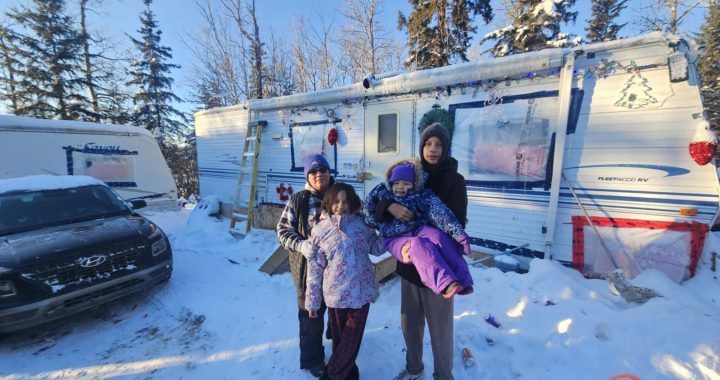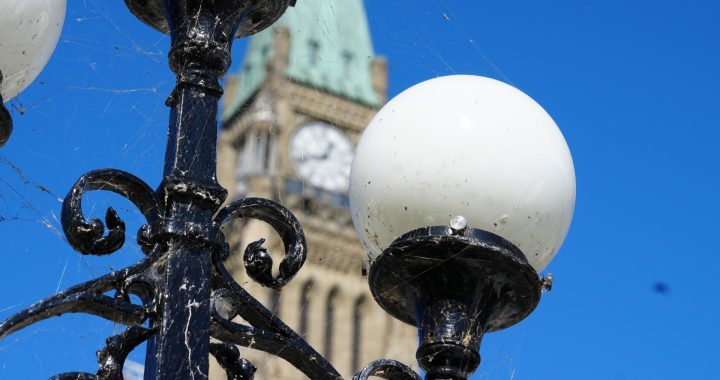InFocus Podcast
Subscribe to the InFocus podcast and listen to other episodes here
Apple PodcastsSpotifyGoogle PodcastsBethany Maytwayashing knows too well the effects of lateral violence.
The 23-year-old Anishinaabekwe was one of several young women to draw attention to what they said was inappropriate messaging by a male political leader in Manitoba — a stand she knew would have repercussions from some within Indigenous communities, based on the lateral violence she’s witnessed and experienced throughout life.
“You got to have people there to help you. You need to find a support system that works for you and a lot of people don’t have that,” Maytwayashing said. “So you often find yourself feeling alone and that’s when the suicidal thoughts come in.
“I know this because I experienced it.”
The issue of lateral violence came to the forefront in the days after Inuk singer Kelly Fraser, 26, took her own life on Christmas Eve.
In a statement days later, her family said “Kelly suffered from PTSD for many years as a result of childhood traumas, racism and persistent cyber-bullying.”
Tasha Beeds is a Cree auntie, kokum and professor at the University of Sudbury’s Department of Indigenous Studies.
She calls lateral violence “a colonial hangover” where the oppressed turn on themselves using the same tools and tactics used by their oppressors.
Beeds took to social media over the Christmas break to implore people to break the cycle.
“Stop the threats. The cruelty. The whispering behind backs and computer screens. Stop the inbox gossip. The messenger meanness. Stop the bullying,” Beeds’ posted, in part.
She herself was the target of lateral violence after leaving a relationship and said as a mature, educated, spiritual woman it was hard to endure.
It’s substantially worse for younger people and those with fewer coping tools and support.
Joseph Kakwinokanasum, a Cree-Austrian speaker and storyteller based in Vancouver, recalled how the self-loathing lessons of residential schools – being taught you’re worthless – were passed on through generations in his own family.
The violence was so severe he was left with PTSD.
He says he continues to receive counselling for it.
Kakwinokanasum has had to cut ties with some family members and has limited contact with others to stay safe.
He believes social media has made it faster and easier for lateral violence to wreak havoc far and wide.
“There are trolls out there who look for this kind of language and attack people, especially in the Indigenous community because it’s kind of how we were brought up,” he said. “Many of us were brought up by dysfunctional parents who hated themselves, who were taught to hate themselves so they pass it on. I think its getting worse.”
Beeds’ advice to those on the receiving end is to find the strength and supports to help keep it out.
“Lateral violence is an energy. You have to decide if you let it in. It can’t just come into you,” Beeds said.
Maytwayashing said pointing it out when you witness it, also needs to happen more often.
“We need to talk about it more, raise awareness to the fact that people are killing themselves over this stuff. We need to stop being bullies to one another. As women we need to lift each other up, to support each other rather than gaslight each other,” she said.
Beeds offers this advice to those facing lateral violence:
“Go to the lands, the waters, sit with the other non-human Nations of Creation – you can do that wherever you are no matter who you are,” she said. “You are loved by forces unseen, Ancestors unknown, and by many of us who have never met you – we love you because you are first and foremost, a beautiful spirit.”













Wow the Irony coming from APTN towards Eastern Metis